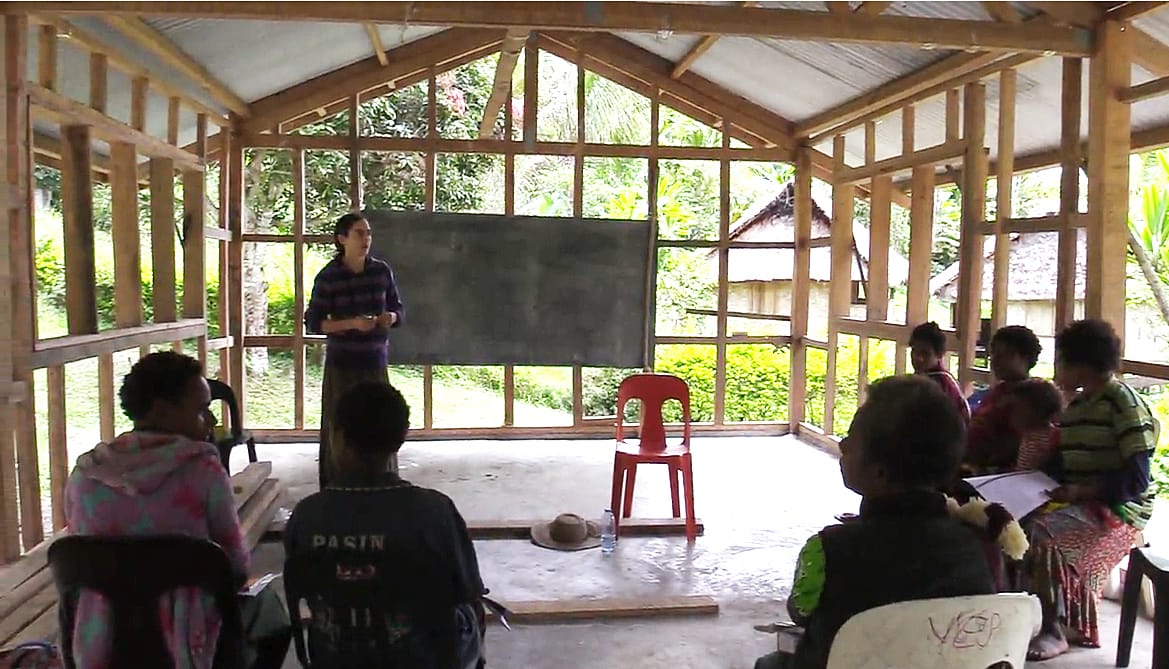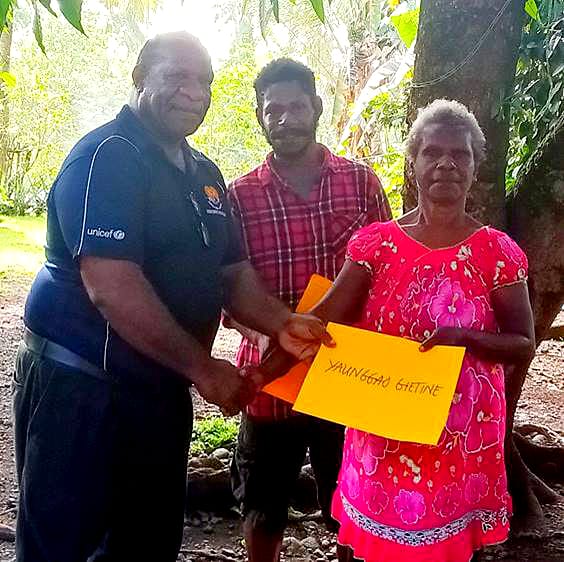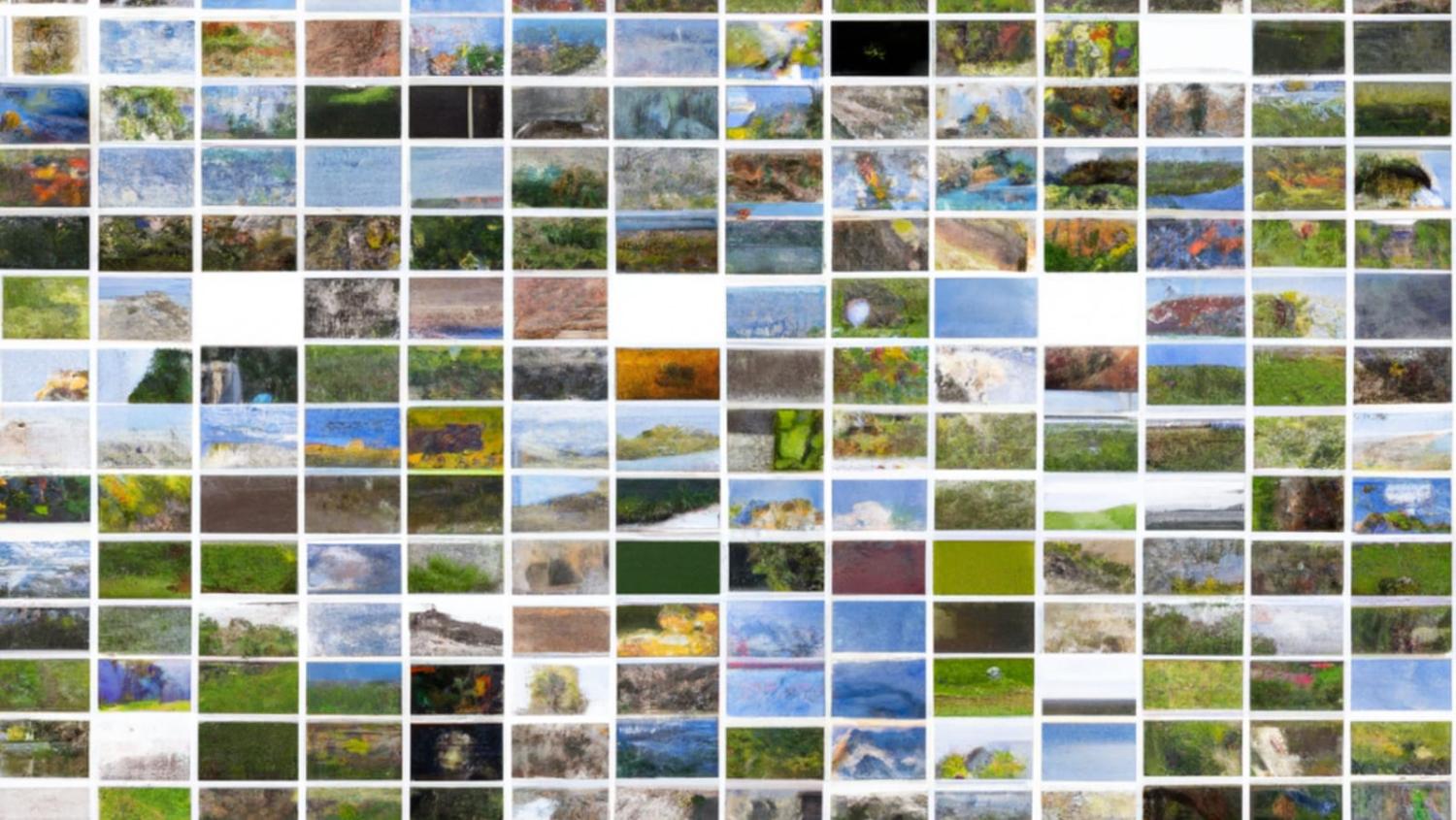Papua New Guinea is the world’s capital of linguistic diversity, with more than 10 per cent of the world’s living languages – but this diversity is endangered. Community after community continue to lose their heritage languages to become monolingual in the English-based creole Tok Pisin or, more rarely, English.
This is not inevitable. Throughout history, “small-scale multilingualism” existed across the world, including in parts of PNG. Many people in Western Europe are multilingual: they maintain their own languages while also learning foreign languages to high levels of competency. But PNG seems to be plagued by a sense of inferiority around its languages. One rural respondent to our PNG Voices survey said that their “dream” for the future was that their community, having become highly educated, would no longer speak their own language, and would only speak English.
Why do speakers of PNG languages not appreciate the beautiful systematicity of their languages? We linguists have done a lousy job sharing our insights with speakers of the languages we study. This needs to change.
When I first began studying the Nungon language, spoken by 1,000 people in remote villages in the Saruwaged Mountains of PNG, people would throw up their hands when I asked them questions about Nungon grammar, saying: “Our language just has so many words for the same thing!” As in other parts of PNG and the region, Nungon speakers believed their language was unsophisticated, haphazard, muddled.
When local teachers learned that I had written a grammar of Nungon, they pushed me to teach them. After dry runs in 2017 and 2022, we finally held a major workshop in September this year to get speakers of Nungon to discover the grammatical systematicity of their language for themselves. We gathered 45 native speakers of Nungon who work as teachers throughout the Uruwa District in the Saruwaged Mountains. The workshop was held entirely in Nungon – except that we occasionally introduced English terms to show how they related to Nungon.

In English, the sound “ng” can occur in the middle and end of words (“singing”) but not at the beginning (hence the difficulty pronouncing place names from Australian Aboriginal languages, such Ngunnawal, ACT). All languages have systems like this, governing how sounds are distributed in words – and how sounds change systematically when they occur, for instance, between vowels.
We moved from sounds to types of words: nouns, adjectives, demonstratives, pronouns, and then the meatiest part of Nungon grammar, the verbs. Nungon has five tenses: remote past, near past, present, near future, and remote future. If you want to say that something will happen later today, you use the near future form of the verb (for example, ongowangkat “I will go, later today”), but to predict that something will happen tomorrow or beyond, you must use the totally different remote future form (ongitma “I will go, tomorrow or beyond”). Our research shows that children learning Nungon can do this effortlessly by the age of about two-and-a-half, but it takes special effort by adult learners who speak languages with … er … impoverished tense systems, like English.
We walked through the notion of tense (Nungon bongon “time”) and then agreed that English had three tenses: past, present and future. We proved this by “running the language through its paces”, starting a sentence with a time expression, and then seeing which form of the English verb worked to finish the sentence: Tomorrow, I will work; Today/all the time, I work; Yesterday, I worked; A long time ago, I worked.
Now it was time to move to their language, Nungon. “So we agree that English has three tenses. How many tenses does Nungon have?” I asked the assembled teachers. At first, no one answered. They seemed stumped. After a little while, one ventured: “three?” And others chimed in: “three!” or even: “two?”
People’s expressions lit up in amazement and appreciation when I told them: “Five!” These educators spoke Nungon as their primary tongue and had years, sometimes decades, of experience teaching local children phonics and the basics of English grammar – but they had no idea about Nungon grammar, not even how to figure it out. This was their first time understanding that Nungon had five tense forms for verbs. We then did the same exercise as for English, to establish whether there were in fact five Nungon tenses. This process is the beginning of appreciating the worth – the impressive complexity – of the intangible system of systems that is a language.
In the rest of the workshop, we marvelled and laughed together as the systems of the language revealed themselves under our probing: even the “old people’s speech” that people sometimes mock. The teachers agreed that if a child first masters a language with five tenses (such as Nungon), it should be relatively easy to later learn languages that have only three (like English). Their resolve to keep children speaking Nungon was strengthened.

It is beholden upon linguists, community members, and the PNG government to pursue this type of exercise throughout the country before people throw away their collective intellectual heritages without appreciating their worth. It would not be difficult to supply an adaptable blueprint for the exercise we ran for Nungon, to be run in the absence of an outside linguist by any interested PNG community.
To appreciate a person’s language means to appreciate their major inheritance from their ancestors, along with their lands. Language is a primary marker of identity throughout PNG.
Overall, the PNG government and its development partners need to invest in, first, mapping, and second, supporting the languages of the country. The 600–800 languages of PNG, more than found in any other nation on earth, represent a national treasure and should be a point of immense national pride. Each language is an intellectual system containing myriad intricate and precise rules.
PNG could even have an opportunity with this intellectual capital.
An Indigenous language of North America, Navajo, played a major strategic role in the Second World War. The Navajo Code-Talkers created a code in their native language that was key to US Marines’ successes in the Pacific theatre. Navajo’s grammatical complexity and the fact that few outside the Navajo community understood it made it invaluable in wartime communications.
As some herald a dystopian future where generative Artificial Intelligence eventually co-opts “language”, could fast-changing, primarily oral languages such as those of PNG be humanity’s salvation? If Papua New Guineans throw away their languages, we will never know.


